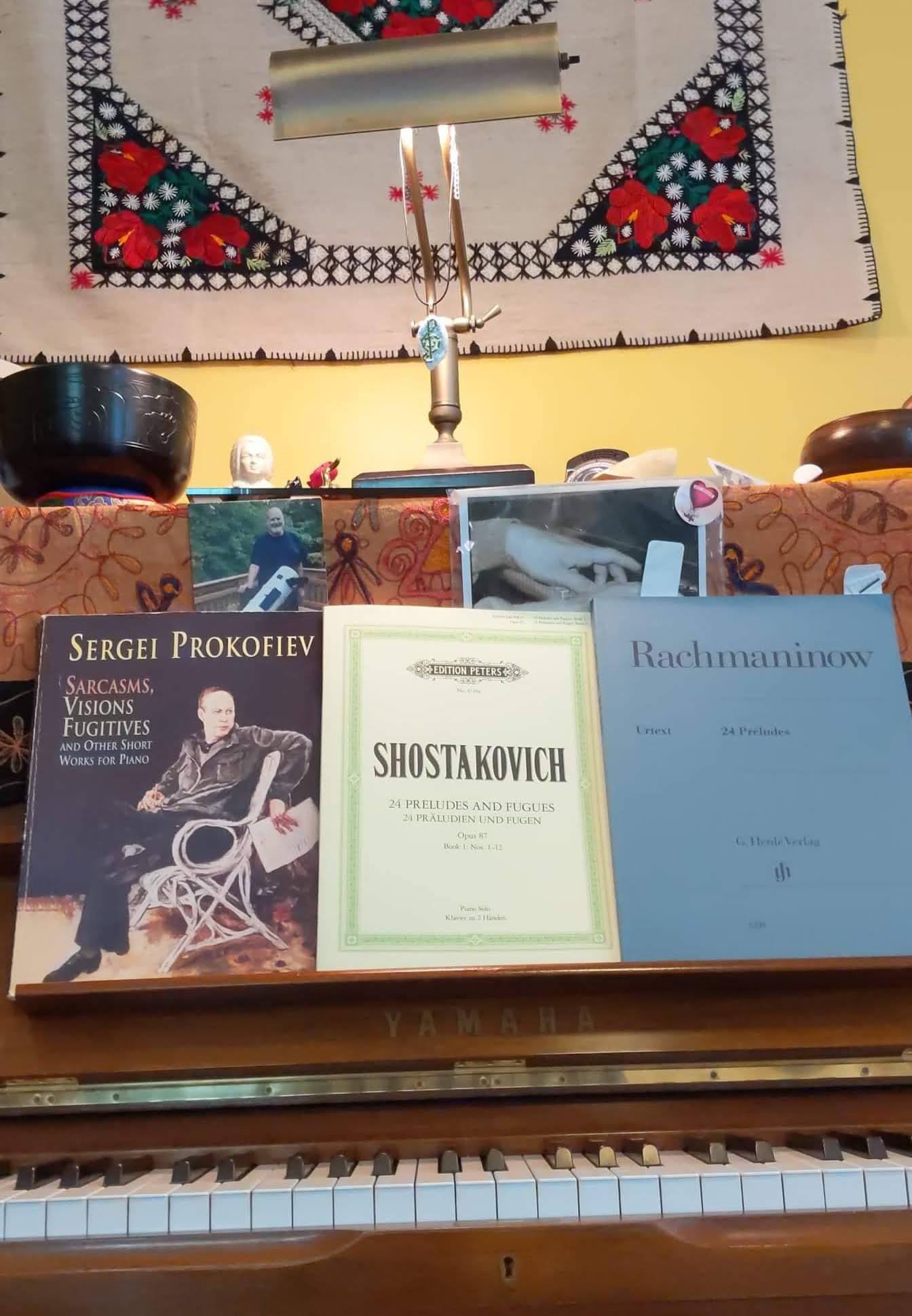For the summer of COVID lockdown, I and several of my current and former students are setting out on the Well Tempered journey, playing the entire Well-Tempered Clavier Books I & II together.
I hope this to be a setting for us to comment and post photos as we travel along.
Today as I played WTCI No. 1 in C major, I settled into the beautiful slow development of harmonies in a thoughtful mien. Since playing through the WTC last, I lost my husband to cancer. It is sad and surreal to play without him. But how special to embark the journey with others who are dear to me.
Comments:
Celia:
Hi Helen,
I’m so glad you invited me to join you in playing through the Well-Tempered Clavier this summer. I remember you mentioning doing this every summer when I was taking lessons with you, and I am excited to join you this year (and hopefully in the future!)
I enjoyed playing through WTCI No. 1 yesterday and No. 2 today; I’m pretty familiar with both of these (very familiar with No. 1, and I think I at least started learning No. 2 at some point), so this will be getting harder as we play through preludes and fugues I’m less familiar with. It will be an adventure and a challenge, and I’m thrilled to be sharing it with you and your other students.
Love,
Celia
Helen:
Thanks for your poignant comment, Celia. I’m so pleased to share this summer discipline with you and the others, it’s very special.
Love, Helen
Katie: Hi Ms. Helen!
I am so excited to begin this project with you. Since I have basically taking the last year or so off from playing piano (thanks for sucking away all my time, law school), I have decided to focus on playing the Preludes and skip the Fugues for now. Maybe I’ll be able to focus on those next summer, but for now I didn’t want to have to think that analytically.
It was lovely getting to start off with C Major – a piece I know very well and barely had to look at the music for. Definitely the confidence booster I needed coming back to the piano rusty. We’ll see how the rest go, since I am not as familiar with them and they tend to get harder.
Thank you for inviting me to join along! I am very much looking forward to spending time at the piano again.
Helen: That’s just grand, Katie! I’m so glad you are playing again, and enjoying.
Love, Helen
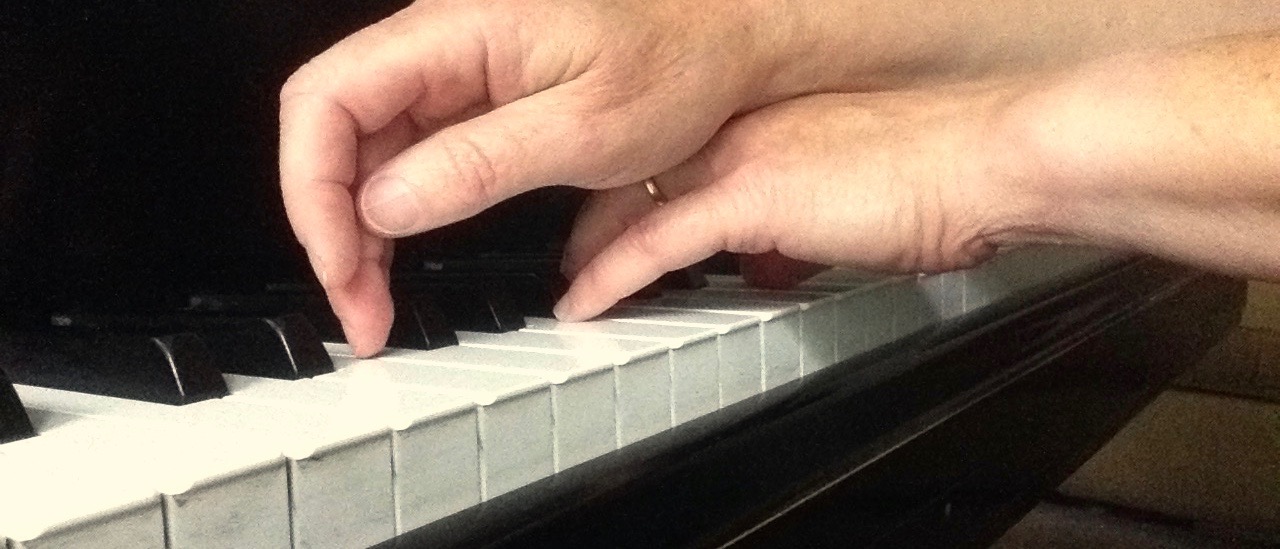
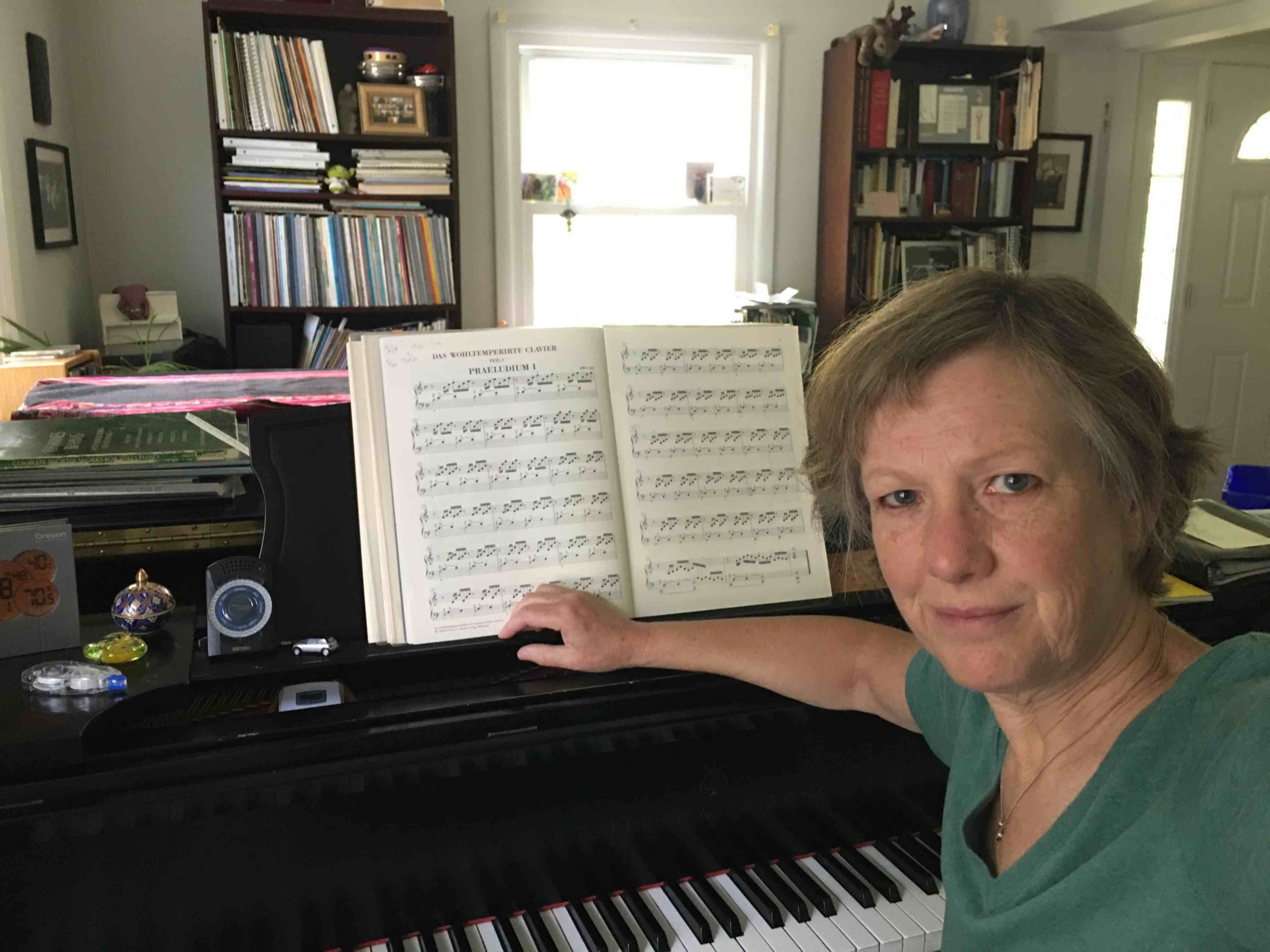



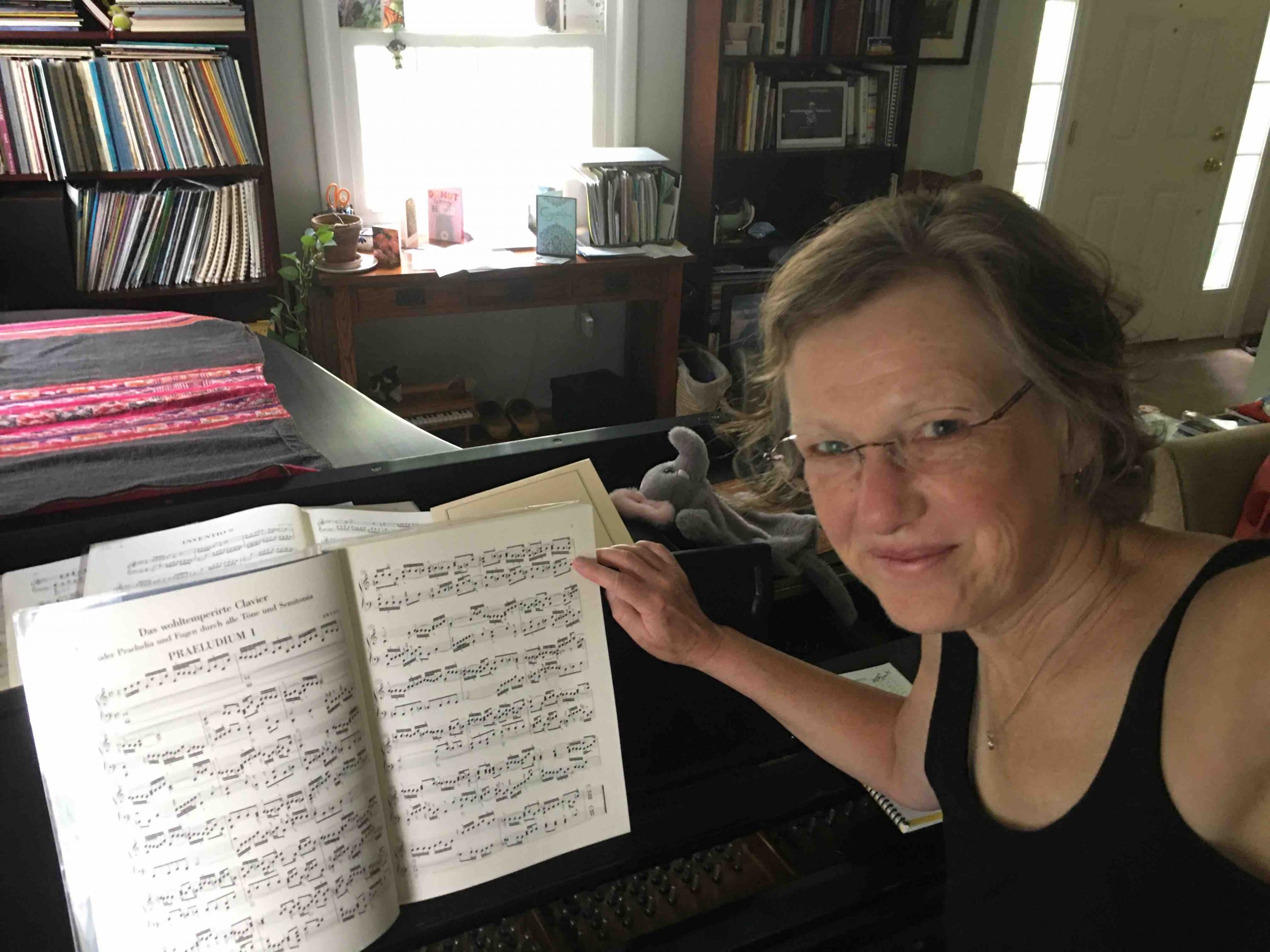
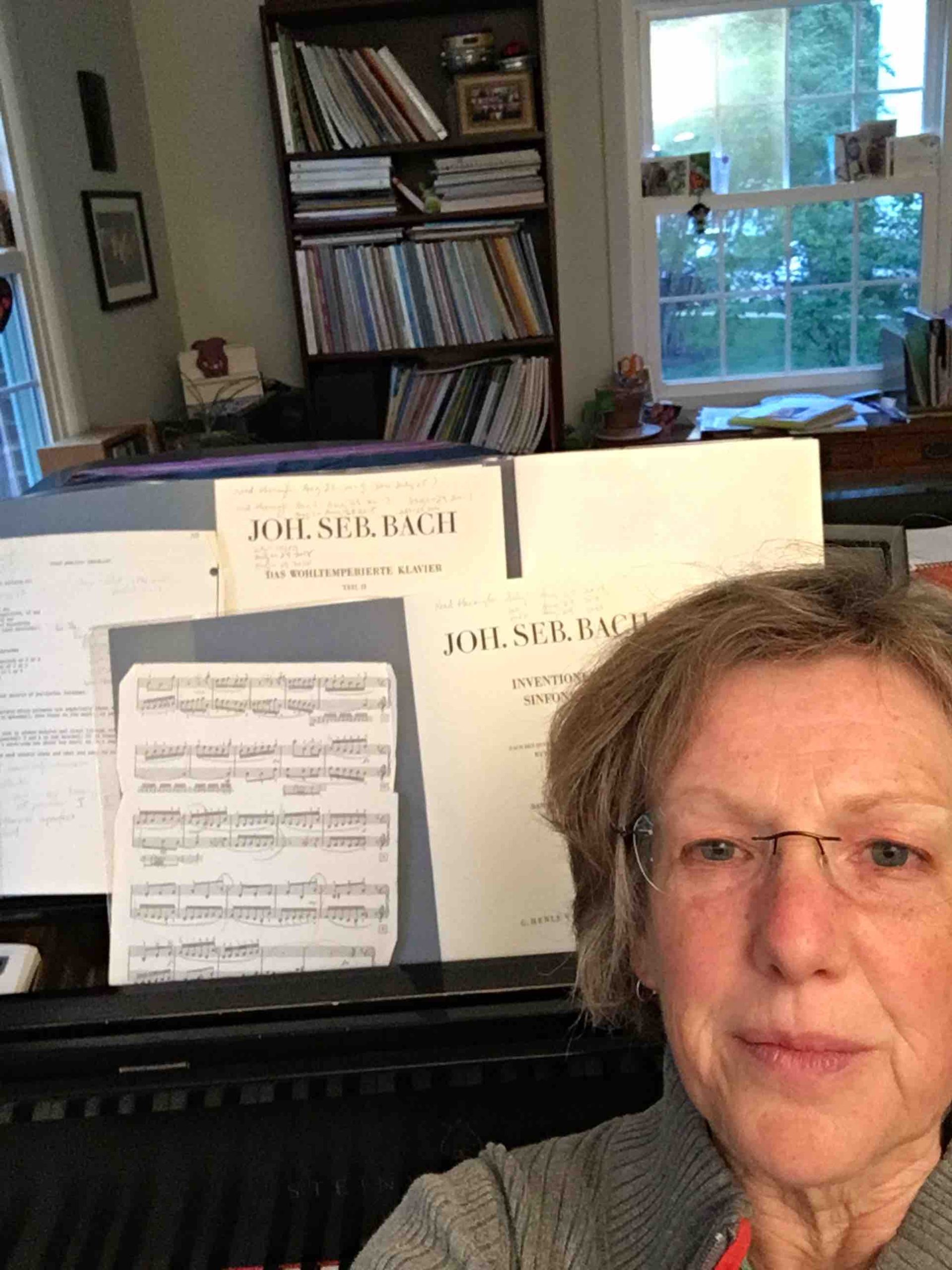


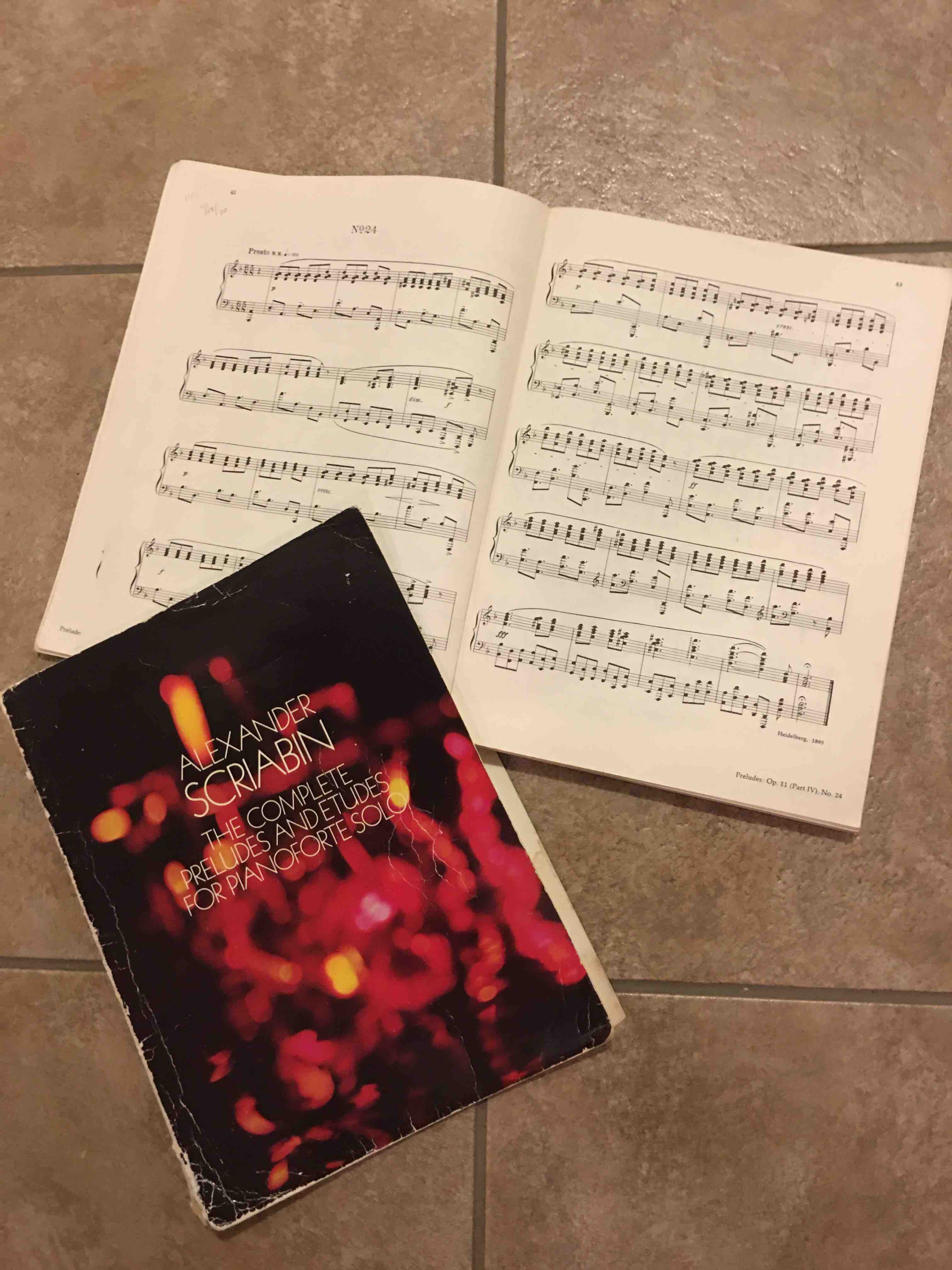
 Here’s to a brighter future. -Grace
Here’s to a brighter future. -Grace

 This one is nice and dark. Lovely!
This one is nice and dark. Lovely!